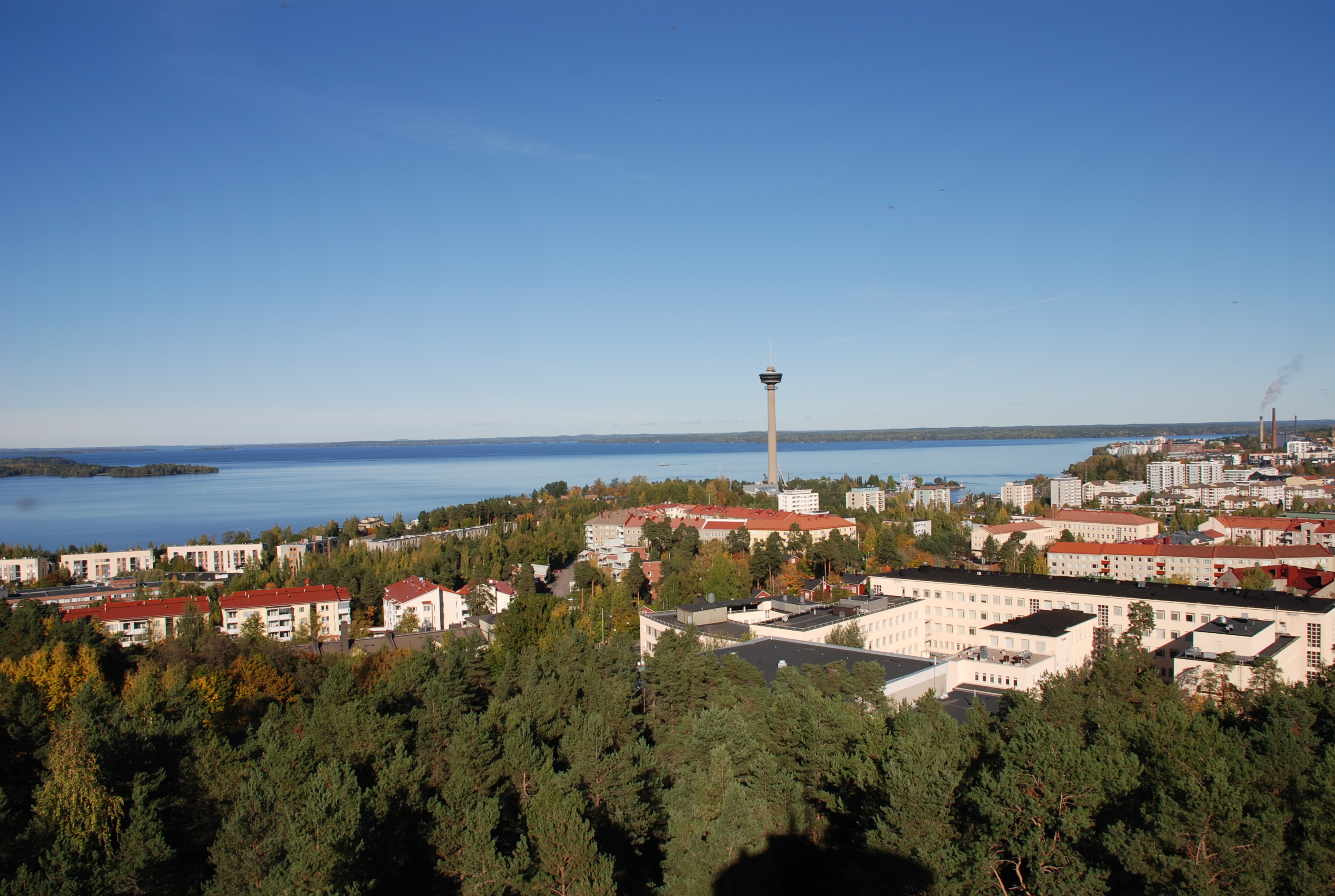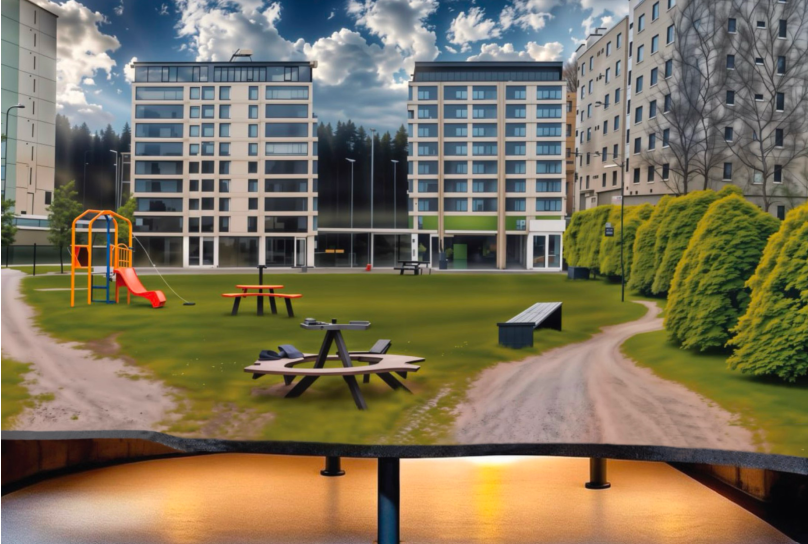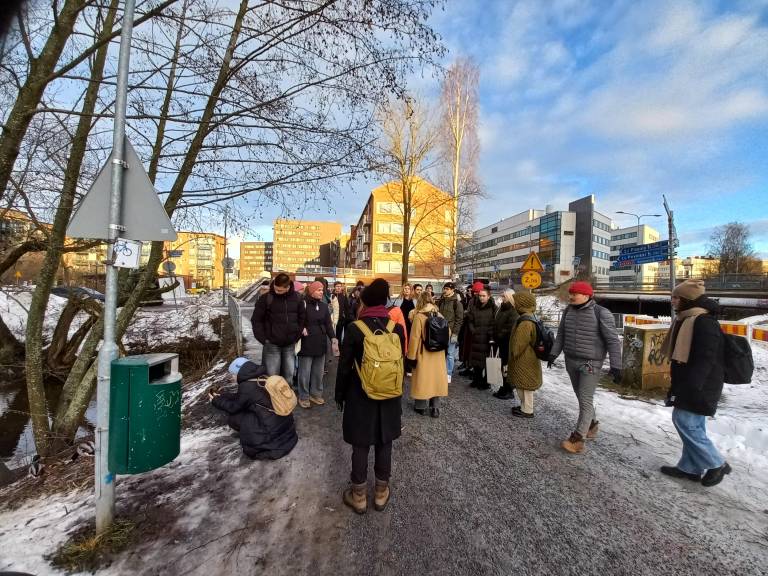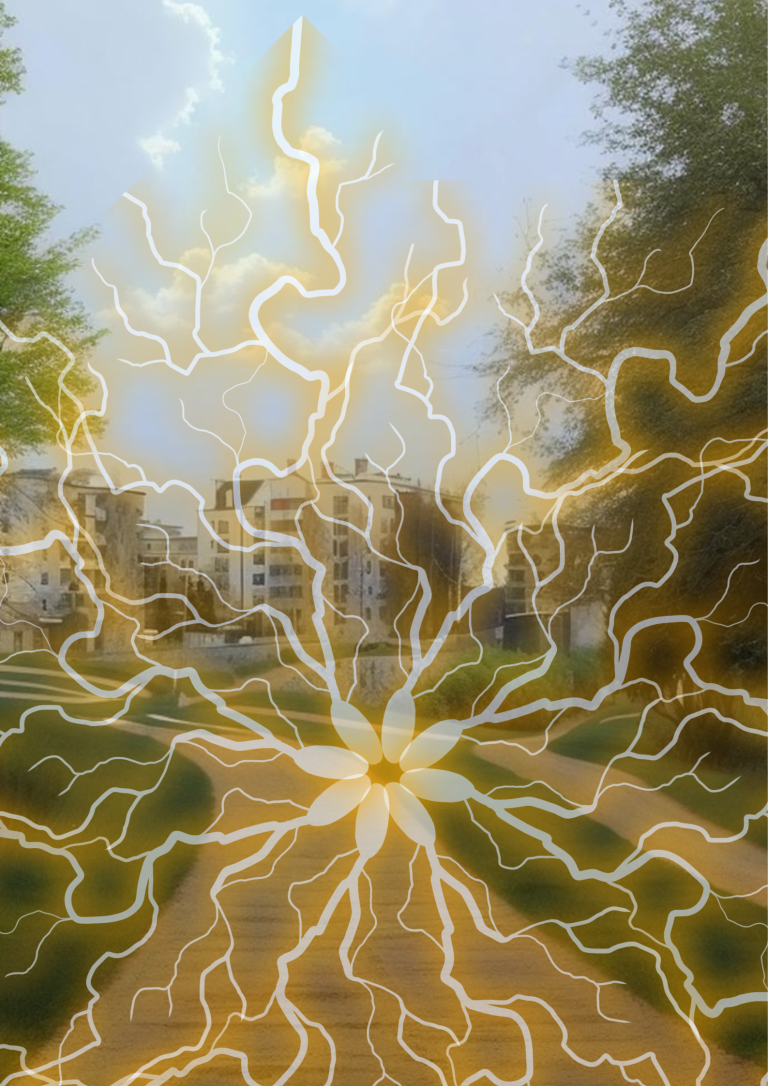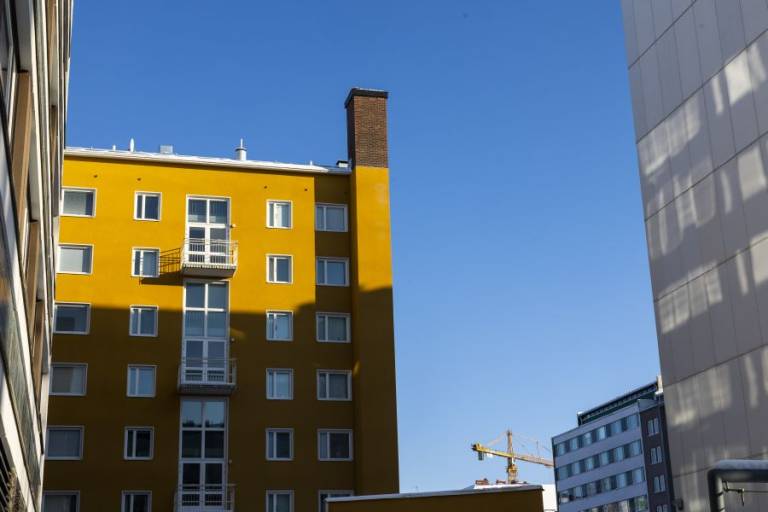The Use of AI in Urban Planning
AI, or Artificial Intelligence, refers to the simulation of human intelligence in machines that are programmed to think and act like humans. In our project, we used a specific AI system called UrbanistAI, which allowed us to participate in the transformation of urban spaces directly from our computers, without needing to learn difficult 3D design software. UrbanistAI enables not only architects and city planners but also everyday individuals to participate actively. We could generate visuals and see how our suggestions integrated with the existing urban fabric to shape the community’s future. In our project, we managed to create images of Kaukajärvi that far exceeded our typical drawing capabilities and surpassed anything we could have achieved with traditional 3D software. This was a huge win because it meant our imaginations were not restrained by our inability to produce these ideas on paper. For instance, we used UrbanistAI to generate various visualizations that illustrated the benefits of moving car parks underground. One of these illustrations can be seen below where the shift freed up space for public parks and pedestrian paths, significantly enhancing the area’s accessibility and community appeal. The changes we applied in Kaukajärvi showed us the potential for similar applications in other locations. This was exactly our goal when we started planning this project: to develop a solution that could potentially be implemented elsewhere.
Navigating Challenges and Discovering Opportunities with UrbanistAI
Initially, we were stumped about how to get access to the same AI software that had so impressed us. When we first visited the UrbanistAI website, our hopes dipped a bit—it turned out the software was not free, and getting access to it seemed daunting. This setback was definitely a bit discouraging as we started to navigate our options. Nevertheless, we did not give up. We decided it was worth a shot to reach out directly to the stakeholders. We sent them an email to see if there was any way to gain access to the software through their assistance. It felt like a long shot, but sometimes you just have to ask and see what happens. Fortunately, our initiative paid off when we were put in touch with a contact at the university who could grant us access in exchange for a journal detailing our use of the program. A huge shoutout to her as well! This experience reinforced an important lesson: reaching out, even when success seems unlikely, can lead to unexpected opportunities. Moreover, as part of our project, we conducted an online survey targeting the residents of Kaukajärvi and Annala. During this survey phase, we experienced firsthand how proactive communication can unlock new possibilities. Initially, we struggled to distribute our survey to the residents. However, after reaching out to one of the stakeholders in Kaukajärvi for assistance, they were incredibly supportive and forwarded our survey to the community. Their help resulted in a wealth of responses, which proved invaluable in implementing our final solution. These experiences not only enhanced our project but also taught us the power of simply asking for help.
Key Takeaways
My experience in this course highlighted that while tools like UrbanistAI can enhance urban planning projects, it is effective communication that truly drives success. By engaging openly with all involved parties, we were able to use a collection of various insights and tools, which were essential in bringing our urban development ideas to fruition. I want to conclude with two key takeaways from this course: first, the value of technology like UrbanistAI in visualizing and implementing urban solutions, and more importantly, the essential role of communication in urban planning. These experiences have clearly demonstrated that reaching out and connecting with others is often one of our most effective tools, a lesson that was repeatedly evident throughout this course.
This text was written in Urban Lab 1 by Jere Savolainen, who is a student in the Bachelor’s degree programme in Sustainable Urban Development. You can read more about Urban Lab courses here.

